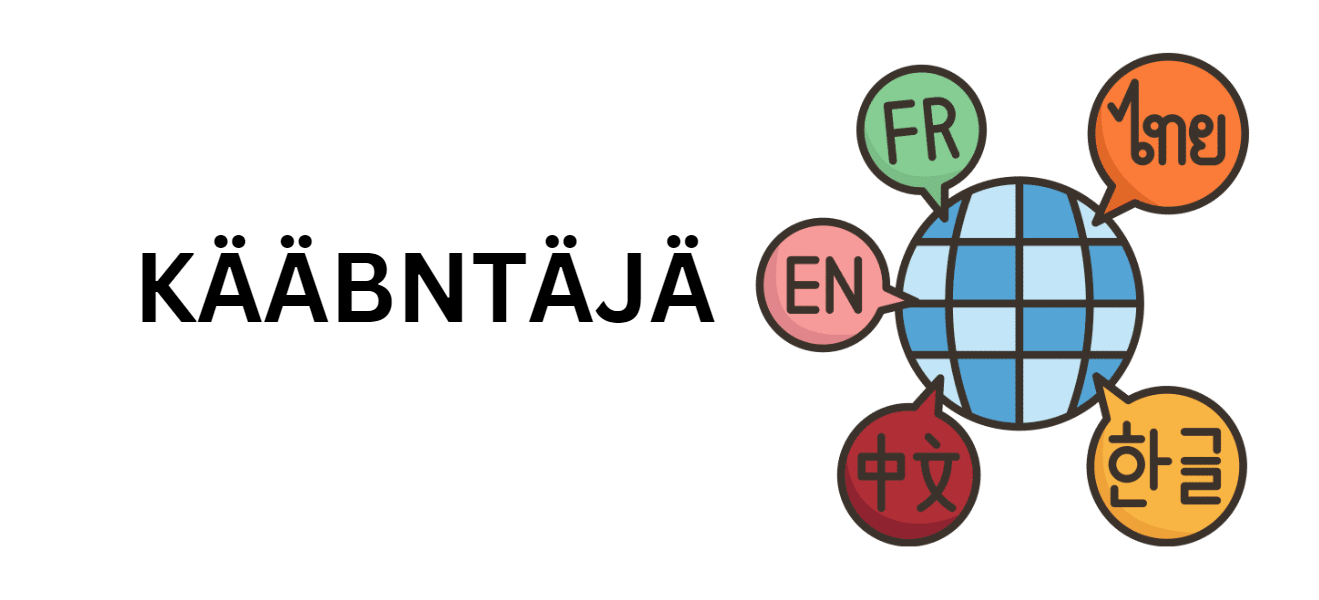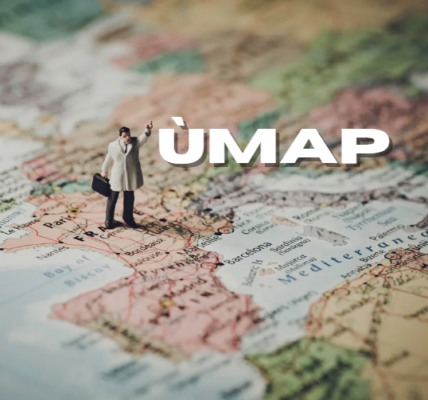In today’s globalized world, effective communication across different languages is essential for personal, academic, and professional success. “Kääbntäjä,” which translates to “translator” in English, plays a pivotal role in facilitating this communication.
This article delves into the world of kääbntäjä, exploring its significance, types, applications, and future prospects. Our aim is to provide an in-depth analysis and unique insights that go beyond existing sources, helping readers in the USA understand the importance and impact of kääbntäjä.
Contents
Understanding Kääbntäjä
What is Kääbntäjä?
Kääbntäjä refers to a tool or individual that translates text or speech from one language to another. This can include human translators, who use their linguistic skills and cultural knowledge, and machine translators, which use algorithms and artificial intelligence to perform translations.
Importance of Kääbntäjä
The role of kääbntäjä is crucial in various fields, including:
- International Business: Facilitating communication between companies and clients across different languages.
- Education: Enabling students and educators to access educational materials in various languages.
- Tourism: Helping travelers navigate foreign countries by translating signs, menus, and conversations.
- Healthcare: Ensuring that patients receive accurate medical information regardless of their native language.
- Diplomacy: Aiding diplomats in negotiations and communications with representatives from other countries.
Types of Kääbntäjä
1. Human Translators
Human translators are professionals who translate written or spoken content from one language to another. They possess deep linguistic and cultural knowledge, ensuring that translations are not only accurate but also contextually appropriate.
a. Literary Translators
Specialize in translating books, poetry, and other literary works, ensuring the preservation of style, tone, and cultural nuances.
b. Technical Translators
Focus on translating technical documents, manuals, and scientific papers, requiring specialized knowledge in specific fields.
c. Legal Translators
Translate legal documents, contracts, and court proceedings, necessitating a deep understanding of legal terminology and systems.
d. Medical Translators
Translate medical records, patient information, and research papers, demanding precise knowledge of medical terms and practices.
2. Machine Translators
Machine translators use algorithms and artificial intelligence to convert text or speech from one language to another. They range from simple translation tools to advanced neural machine translation systems.
a. Rule-Based Machine Translation (RBMT)
Uses linguistic rules and dictionaries to translate text, often resulting in rigid and less flexible translations.
b. Statistical Machine Translation (SMT)
Uses statistical models based on bilingual text corpora to generate translations, improving accuracy and fluidity.
c. Neural Machine Translation (NMT)
Leverages deep learning and neural networks to produce more natural and contextually accurate translations, representing the latest advancement in machine translation technology.
Applications of Kääbntäjä
1. Personal Use
Kääbntäjä tools are widely used by individuals for everyday tasks such as translating emails, social media posts, and personal documents. They help bridge language gaps in multicultural societies.
2. Business Communication
In the business world, kääbntäjä tools facilitate international trade, customer support, and marketing by translating websites, product descriptions, and communication materials.
3. Academic Research
Researchers use kääbntäjä tools to access and share scientific literature across different languages, promoting global collaboration and knowledge exchange.
4. Government and Public Services
Governments and public institutions use kääbntäjä tools to provide services and information to non-native speakers, ensuring inclusivity and accessibility.
5. Media and Entertainment
The media and entertainment industry relies on kääbntäjä tools for translating movies, TV shows, news articles, and video games, making content accessible to a global audience.
Advantages and Challenges of Kääbntäjä
Advantages
- Increased Accessibility: Kääbntäjä tools make information and services accessible to a broader audience, breaking down language barriers.
- Cost-Effective: Machine translation tools are often more affordable than hiring human translators, especially for simple or repetitive tasks.
- Speed and Efficiency: Machine translators can process large volumes of text quickly, making them ideal for urgent translation needs.
- Consistency: Automated translation tools ensure consistency in terminology and style, which is crucial for technical and legal documents.
Challenges
- Accuracy: While machine translation has improved significantly, it can still struggle with idiomatic expressions, cultural nuances, and complex syntax.
- Contextual Understanding: Human translators excel in understanding context and cultural subtleties, which machines may miss.
- Confidentiality: Using online translation tools can raise privacy and confidentiality concerns, particularly for sensitive information.
- Quality Control: Ensuring the quality of translations, especially for critical documents, often requires human review and intervention.
Future of Kääbntäjä
Technological Advancements
The future of kääbntäjä lies in further advancements in artificial intelligence and machine learning. Improvements in neural machine translation models are expected to enhance the accuracy, fluency, and contextual understanding of machine translations.
Integration with Other Technologies
Integration with other technologies such as voice recognition, augmented reality, and virtual assistants will expand the applications and usability of kääbntäjä tools. For example, real-time translation during video calls or augmented reality overlays for translating foreign text in real-time.
Hybrid Translation Models
The development of hybrid models that combine the strengths of human and machine translation will become more prevalent. These models leverage the speed and efficiency of machines while incorporating the contextual and cultural understanding of human translators.
Personalized Translation Services
Personalization will play a significant role in the future of kääbntäjä. Translation tools will become more adaptive, learning from user preferences and providing more tailored translations based on individual needs and contexts.
FAQs About Kääbntäjä
1. What is kääbntäjä?
Kääbntäjä refers to a translator or translation tool that converts text or speech from one language to another. It can be a human translator or a machine translation system.
2. How do machine translators work?
Machine translators use algorithms and artificial intelligence to analyze and convert text from one language to another. They can be rule-based, statistical, or neural machine translation systems.
3. What are the advantages of using machine translators?
Machine translators offer increased accessibility, cost-effectiveness, speed, efficiency, and consistency in translations. They are ideal for handling large volumes of text quickly.
4. Are machine translators always accurate?
While machine translators have improved significantly, they can still struggle with idiomatic expressions, cultural nuances, and complex syntax. Human review is often necessary for critical documents.
5. Can machine translators replace human translators?
Machine translators cannot entirely replace human translators, especially for complex or culturally sensitive texts. However, they can complement human translation by handling simpler tasks and providing initial drafts.
6. What are the future prospects of kääbntäjä?
The future of kääbntäjä includes advancements in AI, integration with other technologies, hybrid translation models, and personalized translation services. These developments will enhance the accuracy, usability, and accessibility of translation tools.
Conclusion
Kääbntäjä, whether as human translators or advanced machine translation tools, plays a vital role in bridging language barriers and facilitating global communication. As technology continues to evolve, the capabilities of kääbntäjä will expand, offering even more accurate, efficient, and accessible translation solutions.
By understanding the importance, applications, and future prospects of kääbntäjä, individuals and businesses in the USA can better navigate the multilingual landscape and harness the power of effective communication.













































